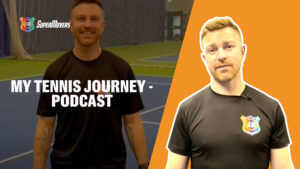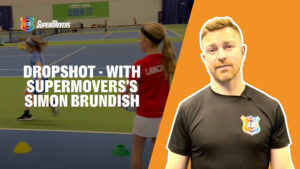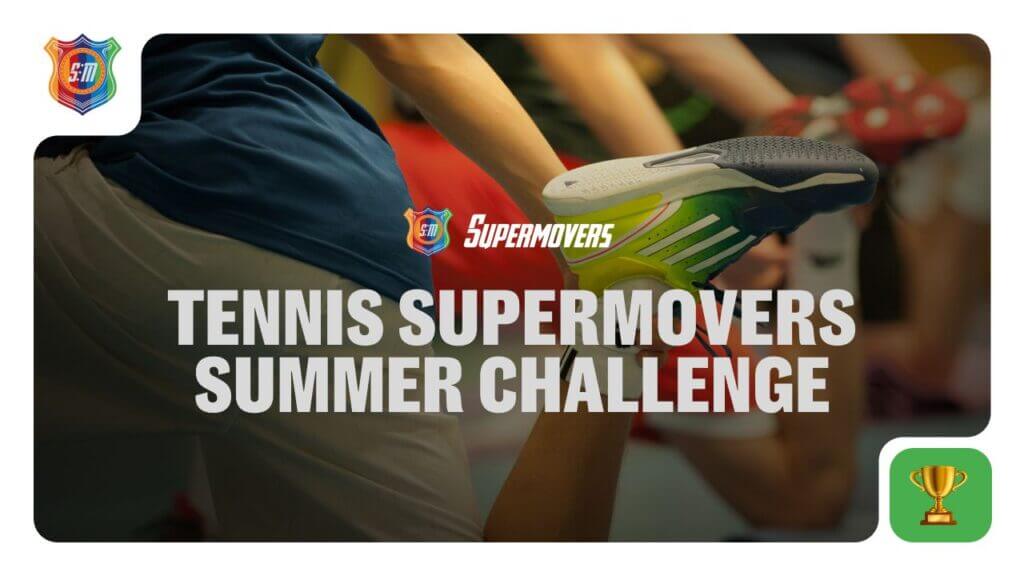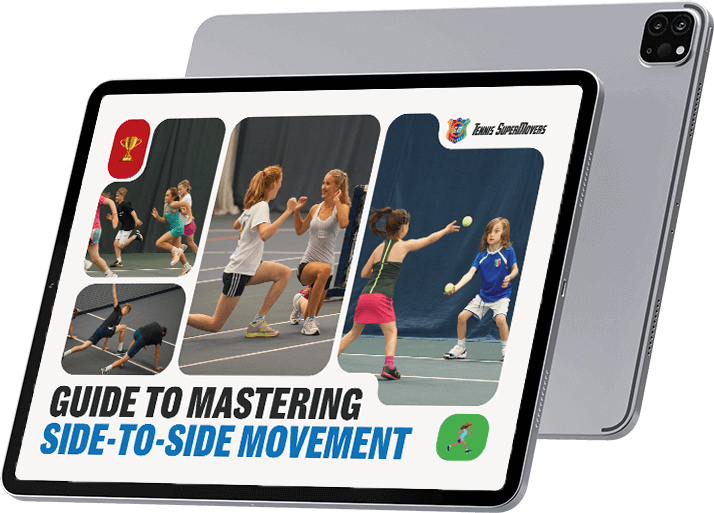High Performance = Habits
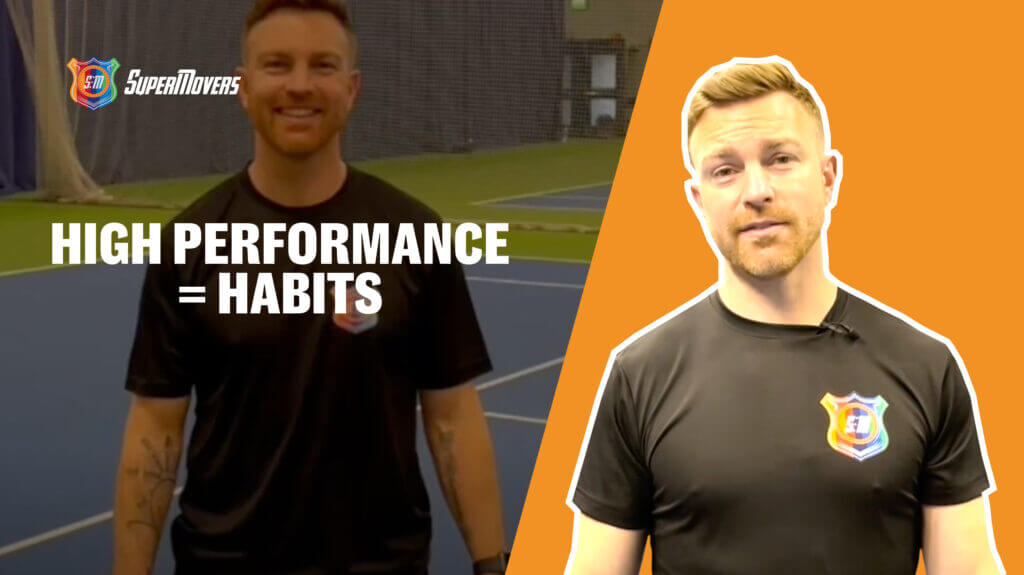
High Performance = Habits
High Performance = Your actions, not the amount of funding you receive or the tournaments your players compete in.
This is off the back of a conversation I had with a coach, in which we discussed what does performance mean? In order to achieve performance, you do not rise to the level of your goals, you fall to the level of your systems/actions. I am paraphrasing James Clear, who has written an awesome book on the power of habits called Atomic Habits – I can highly recommend it.
In my experience in the world of junior tennis, the words ‘performance tennis environment’ are usually associated with receiving funding from the national governing body; input from national coaches; players being selected for camps and trips; and players competing at international events. And undoubtedly, these situations do exist – think about the current set-up in the UK of the National Academies and Regional Player Development Centres.
But the question is, is this the only way you can have a high-performance environment at your academy or club? In my opinion, no. Coming from a military background in the Royal Marines and ten years developing fitness in youth tennis players – my opinion is that developing performance comes down to two things – habits and rehearsal.
When I talk about the concept of rehearsal, I am referring to the mindset and attitude towards training. Every time you step on the court, you are in effect ‘rehearsing’ to compete. Every time we completed section battle drills, whether with blank or live ammunition, we were preparing for the situations that live ammunition was coming the other way. Just as the player should focus on receiving ‘live’ tennis balls – be it a serve, return or groundstroke.
The habits of a player are not restricted by their rating or ranking, nor measured by the result from the weekend or previous tournament. Habits are something that is well within the control of the player. Depending of the age of the player, these habits for some time are going to need some guidance and education from coaches and parents.
So, what might constitute a positive habit that we could aim to instil in the people we work with? I have purposely changed my language to person, as without a person-first approach we may struggle to best understand the player. Some of the quotes I’ve seen before that I like are:
“The way we do the small things, is the way you do the big things”
and
“The way we do anything, is the way we do everything”.
The player who is always late for practice, is likely going to be the player who is late for the transport from the hotel to the tournament.
The player who never has a full water bottle, will likely be the player who ends up being dehydrated in hot conditions during a long match.
Therefore, the basic, everyday areas we can work on good habit forming include:
Timekeeping
Preparation and maintenance of equipment – from rackets to first aid kits
Nutrition
Communication with coaches
Behaviour
Warming up prior to sessions and cooling down afterwards
It is it worth investing time in developing habits, as with good habits come compounding interest. Having a mindset of trying to improve by just 1% each day can have a large effect over time – please see the image below from Atomic Habits:
At the academy I work at (Bolton Arena, UK) we also tackle these issues within our Academy Philosophy – OWN IT, which stands for:
Ownership
Work Ethic
No Excuses
Inner Determination
Teamwork
The habits component is focussed on heavily within Ownership, due to the wide-ranging elements of players taking ownership of their development, we further break it down into:
Goals
Mindset
Personal Standards
Routines
Here I will give an example from each category with an ownership element from within:
Goals – ‘Understanding the Why’ – At the core of the goal there must be an objective ‘why’ that can always drive conversations and decisions. It should lead back to the ‘bigger picture’ goal, for example ‘Full Scholarship at Division 1 University’
Mindset – ‘Consistency over Intensity’ – Pushing to deliver the required level daily, for example the player who turns up every day and always gives above average will progress more quickly than the player whose effort is inconsistent and ranges from excellent to poor.
Personal Standards – ‘Body Language’ – Whether in training or competition, the player holds themselves with dignity and does not explicitly show ‘weakness’ (eg frustration, anger).
Routines – ‘Physical Preparation’ – Player takes pride in ensuring they have a high level of physical preparedness, for example, completing a productive warm up before matches and practice.
In this current situation (article written during lockdown) there are limitations on some of the areas of tennis that we can truly improve in, except one, developing a great habit of completing relevant physical work. All of your players should be taking advantage of learning routines that they can continue to use when they get back on the court. But again, we must state the ‘why’ behind this.
Tennis is a random, intermittent sport, that is very physically demanding. There is the need to move at high speed to chase down drop shots, slam on the brakes when pushed wide, and be highly coordinated, executing fine racket skills while under pressure and fatigue. To prepare for this, players must have a good level of athleticism, but what does that mean? Some of the physical qualities tennis players need include strength, stability, agility, endurance and coordination. Understandably this can become a daunting task – when to do it, how to do it, how often to do it, for how long should I do it?
The most ideal time to work on these components is in a well-structured warm up. One of the methods you can use is the RAMP structure, with the goal of:
Raising heart rate and body temperature
Activating key muscles
Mobilising key joints
Potentiate the central nervous system – firing up the body and mind.
Again, the rule of compound interest works here too. If a player spends 15min warming up 4 times per week, this equates to 52 hours of physical work alone.
Taking these points into consideration is why Simon and I designed the Tennis SuperMovers programme, it is a tennis-specific physical curriculum. The programme includes the following below to help you become a better tennis player:
Strength Exercises – Creating Strong Tennis Shapes – These underpin all tennis movement
Movement Exercises – Developing Spatial Awareness – To help with reading your opponent and tracking of the ball
Agility Exercises – Moving with Speed and Intensity – To be able to move to balls in all directions
Stability – Developing Static and Dynamic Balance – To help hit shots of varying difficulty
Honing Coordination – Developing problem solving skills – To help become a more efficient player
The programme can be introduced to players as a way of warming up and then completed at home for physical homework. Due to the current lockdown situation, we have created a version of the programme that can be completed at home in a small space, with just a tennis ball and something to use as markers.
With the announcement today by the LTA that all tournaments Grade 1-6 have been cancelled up to the 28thJune, we still have a long time before we get back to normal. Therefore, it is important you maximise this opportunity to develop some long-lasting performance habits, including physical development.
Click the link below to see the programme in action and see all the benefits of investing in the programme
SuperMovers at Home

